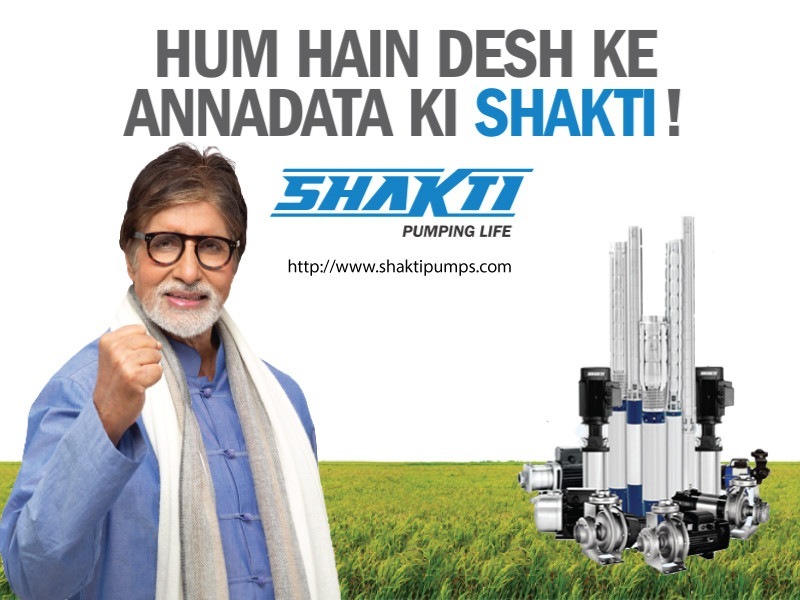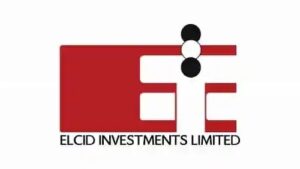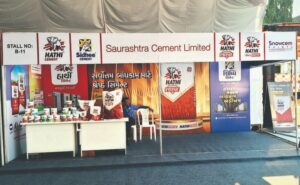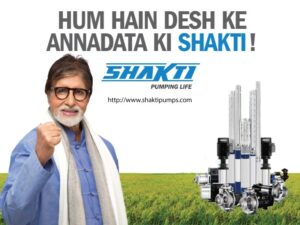1. At a Glance
If Indian engineering had a Bollywood equivalent,Shakti Pumps (India) Ltdwould be that dramatic underdog who went from boring “motor-pump supplier” to “solar superhero” with an ₹1,800 crore order book and a ₹9,848 crore market cap. The company just dropped itsQ2 FY26 results:Revenue ₹666 crore, PAT ₹90.7 crore, and an OPM of 20% that says, “Solar subsidy ya sarkari delay, hum phir bhi kama rahe hain.”
At₹798/share, the stock trades at aP/E of 24.5,ROCE of 55.3%, andROE of 42.6%— the kind of ratios that make even the most stoic analyst whisper, “Yeh pump kuch alag hi karta hai.”
But the story isn’t just about motors spinning. Shakti has quietly created an empire ofsolar pumps, EV motors, and smart controllers, all powered by a strategy of mixing government schemes with export orders across100+ countries. The latest numbers showsales up 5% YoYandPAT down 10.6%, a small hiccup as they prepare for the next growth phase — a massive ₹560 crore capex to double manufacturing capacity in Pithampur, MP.
If Elon Musk had been born in Indore, he’d probably run something like Shakti Pumps — half hardware, half subsidy, full drama.
2. Introduction
There are two kinds of companies in India’s industrial world: those that dream of becoming tech firms, and those that quietlyturn sunlight into profit. Shakti Pumps falls squarely in the second camp — except now, it’s trying to do both.
Born in Madhya Pradesh’s Pithampur,Shakti Pumps (India) Ltdstarted by making submersible pumps for farmers and small businesses. Today, it’s thelargest beneficiary of the PM-KUSUM solar pump scheme, owning a25% national market share. The company has installed over1.14 lakh solar pumpsacross India and is now exporting solar-powered water systems to Africa and Asia.
From rural irrigation to solar-powered urban wastewater systems, Shakti’s business model is like that of a desi jugaad engineer: modular, adaptable, and always subsidy-ready. And now, it’s stretching its arms into theEV motor and solar cell manufacturingspace, because why let Tata and Ola have all the fun?
In the last five years, itsrevenues grew 45.7% CAGR,profits doubled, and thestock gave 117% returns over three years. Yet, in typical smallcap style,promoter holding slipped from 56% to 50.3%, anddebt shot up to ₹617 crore, proving that no success story is complete without a little financial masala.
Is this the dawn of an Indian energy-tech champion — or another overleveraged capex binge? Let’s open the balance sheet and find out.
3. Business Model – WTF Do They Even Do?
At its core, Shakti Pumps makes one thing —machines that move water— and sells it as everything from a rural lifeline to a renewable revolution. The product range reads like an engineering syllabus gone wild:
- Pumps:Submersible, solar, booster, centrifugal, open well — if it pushes water, they’ve got it.
- Motors:From boring agricultural models to futuristicEV motorsfor 2W and 3W vehicles via its subsidiaryShakti EV Mobility, where ₹32 crore of the planned ₹114 crore investment is already pumped in.
- Controllers & Drives:Smart controllers, soft starters, hybrid control systems — the brain behind the brawn.
- Accessories:Mechanical seals, solar structures, and PLC manuals — basically, everything that makes an engineer look busy.
Theirsolar pumping solutionsunder PM-KUSUM have made them India’s go-to brand for farmers who want to irrigate without diesel. Meanwhile, exports (21% of FY24 revenue) have turned Africa and Asia into growth hotspots, with a recentUSD 35.3 million contract from Ugandamaking headlines.
And now, the diversification drama intensifies. Shakti’sEV subsidiaryis developingcharging stations and control panels, while another subsidiary is building a2.2 GW solar cell and PV module plant. Because in 2025, every Indian engineering company wants to be “solar + EV” — it’s like having a Tesla sticker on a Bullet.
So yes, Shakti Pumps sells water pumps. But really, it sells
hope, subsidies, and sunshine— in that order.
4. Financials Overview
| Metric (₹ Cr) | Q2 FY26 | Q2 FY25 | Q1 FY26 | YoY % | QoQ % |
|---|---|---|---|---|---|
| Revenue | 666 | 635 | 622 | 4.9% | 7.1% |
| EBITDA | 136 | 149 | 144 | -8.7% | -5.6% |
| PAT | 90.7 | 101 | 97 | -10.2% | -6.5% |
| EPS (₹) | 7.35 | 8.44 | 8.06 | -12.9% | -8.8% |
Commentary:Looks like thesolar subsidy summerdidn’t shine as bright this quarter. Revenue growth was steady, but margins dipped — possibly due to order execution lag under the KUSUM program. Still, anannualized EPS of ₹29.4gives aP/E of ~27x, cheaper than Cummins (52x) or KSB (51x). Not bad for a company whose customers pay after monsoon season.
5. Valuation Discussion – Fair Value Range
Let’s do some back-of-the-envelope (but CA-approved) math:
Method 1 – P/E Based:Annualized EPS = ₹7.35 × 4 = ₹29.4Industry P/E = 39.1Shakti’s current P/E = 24.5Fair Value Range (based on peer discount and growth) = ₹29.4 × (25–35) =₹735 – ₹1,030/share
Method 2 – EV/EBITDA:EV = ₹10,066 Cr; EBITDA (FY25) = ₹598 Cr ⇒ EV/EBITDA = 16.8xPeers like KSB and Elgi trade at 18–22x ⇒ fair range = 17–20xFair Value Range (EV basis) = ₹9,900–₹11,700 Cr → ₹775 – ₹915/share
Method 3 – DCF (Educational Purpose):Assume 15% CAGR FCF growth over 5 years, discount rate 12%, terminal multiple 18x ⇒ intrinsic range around ₹780 – ₹950/share
📢Disclaimer:This fair value range isfor educational purposes onlyandnot investment advice. If you take this as gospel and lose money, please write to your local astrologer, not EduInvesting.
6. What’s Cooking – News, Triggers, Drama
Oh, there’sa full buffetof developments:
- QIP Mania:July 2025 saw a ₹292.6 crore QIP at ₹918/share. Investors loved it so much that even SEBI got involved, grantingShakti Sons Trustan exemption from open offer rules.
- Mega Orders:August brought a₹1,037 crore Maharashtra solar pump order(34,720 units). That’s 34,720 farmers pumping water and possibly WhatsApping “thank you” to PM-KUSUM.
- Capex Explosion:They’re investing₹560 croreto double capacity and₹25 croreinto a new2.2 GW solar cell & PV module plant. Because

















